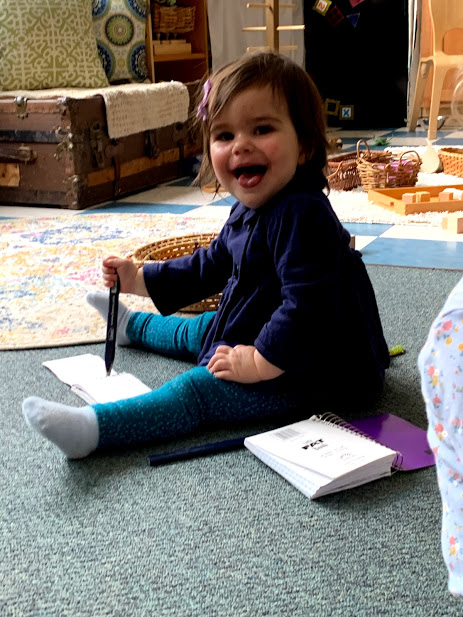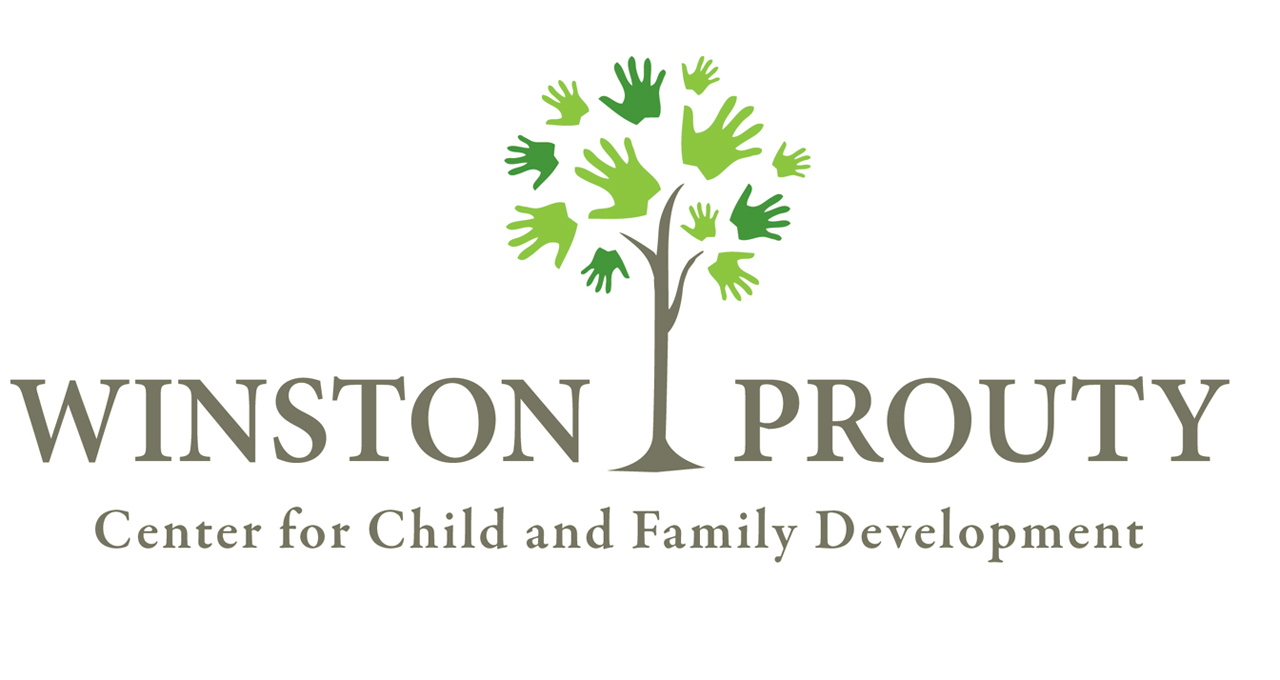Vermont’s Child Development Division under attack

By Chloe Learey, Executive Director. Published in the Brattleboro Reformer, March 12, 2021
Legislation has been filed to formalize the governor’s “cradle-to-career” education concept. Two Republican representatives, Lawrence Cupoli, R-Rutland 5-2, and James Gregoire, R-Franklin 6, have introduced H.394 which codifies the proposal to eliminate the Child Development Division as a mechanism to implement his vision (https://legislature.vermont.gov/bill/status/2022/H.394).
The phrase “cradle-to-career” is catchy. However, it completely misses the prenatal period of child development. This omission highlights how families are often left out of the equation. The fundamental flaw in the proposal to dismantle the Child Development Division is the lack of understanding that children and families are at the center of early childhood services. A cross-sector approach is needed to support optimal child development. We are fortunate to have such an approach established in Vermont. Separating the programs of the Child Development Division into multiple separate departments will make it difficult for families with young children to access services, ultimately undermining the success of the ‘cradle to career’ vision.
“Cradle-to-career” is a framework for education systems that starts with kindergarten readiness. What contributes to being ready for kindergarten? We know the brain develops 80 percent by age 3 and 90 percent by age 5, before a child even gets to kindergarten. We know that multiple factors impact brain development, from prenatal nutrition to physical environment to family relationships. This is why the Child Development Division (CDD) works closely with the Department of Health, the Department of Mental Health, the Family Services Division, and the Agency of Education (AOE) through programs like Children’s Integrated Services, bringing together multi-pronged pieces of the puzzle needed to help families have what they need to be confident, competent parents.
We know that parents are their children’s first and most important teachers and that supporting them is an essential piece of supporting optimal child development. While the development of children is the goal, it is the family, including children, that is the focus of early childhood services. One example of the importance of recognizing the centrality of the family in early childhood is highlighted by the part of the proposal that will move the federal Early Intervention program (Part C of the Individuals with Disabilities Education Act (IDEA)) into AOE. Part C is the section of the act that regulates services to infants and toddlers who are born with or at risk of having a developmental delay. On the surface, it might look like it makes sense to bring together the two parts of IDEA under one department. The problem is that Early Intervention and school-based special education are very different in focus and approach. This is most obvious in the name of the plans that are written to describe services. While Early Intervention writes “Individual Family Support Plans” (known as the One Plan in Vermont’s system of Children’s Integrated Services), schools write “Individual Education Plans.” Early Intervention is more akin to a home-visiting service, working with children and families in their natural environments. Early intervention is about building capacity in the family so they can support their child. Early childhood services have the family as the focus, public education has the student as the focus.
Our best chance for having children be ready for kindergarten is to support their development in the context of their families in the earliest years. This means having the ability to support them in multiple ways across settings, from health and nutrition to early care and learning to mental health. Gov. Phil Scott’s proposal to eliminate the Child Development Division will not work because it is dismantling the very entity that brings these variables together. The kindergarten readiness data demonstrates that this is currently effective: 84 percent of children were ready for kindergarten in the 2019-2020 survey in Vermont. The next step on the cradle-to-career trajectory, reading proficiency, does not look quite as good in Vermont with only 50 percent of all students in third grade reading at grade level in 2018-2019 (https://buildingbrightfutures.org/what-we-do/how-are-vermonts-young-children-families-report/).
What is this proposal trying to fix?
One issue the proposal identifies is the challenges that exist because publicly funded prekindergarten has to function within two different systems, private child care and public schools. The argument is that bringing child care into AOE will streamline the oversight of public PreK under one department and get rid of duplication. However, public PreK is just a fraction of the system, covering only 10 hours a week for 35 weeks a year, for 3- to 5-year-olds. It gives about $3,000 a year in tuition support to families with children in private programs (families do not have to pay tuition for PreK programs in public schools). There are much larger challenges in public PreK than trying to figure out how to regulate 10 hours of care for just a portion of the early childhood population. If we are really seeking to streamline efficiently with the least impact, perhaps the oversight should shift to child care and CDD rather than overturn the whole early childhood system to fix this small slice of the pie.
The administration claims that money will be saved. Unfortunately, this is not true. Coordinating services in a cross-sector department like the Child Development Division saves money in the long run because children and families get what they need early on without having to go through multiple channels and systems. Any cost savings would likely come from underutilization of services due to making the system more complicated for families to access, not because there are efficiencies.
The most powerful tool we have to ensure a successful cradle-to-career education system is a cross-sector, integrated early childhood system, breaking down silos and channeling resources in ways that require collaboration. The determinants of child development are multi-faceted, not just ‘health’ or ‘education’ or ‘mental health.’ The Child Development Division brings these sectors together with a shared vision of helping ensure our children have the foundation they need to succeed in school and beyond. The best way to continue the success we already have in Vermont is to make sure CDD has the support and leadership it needs to do its job well. This means working to make sure that H.394 is soundly defeated and supporting legislation that codifies the continuation of the Child Development Division.
